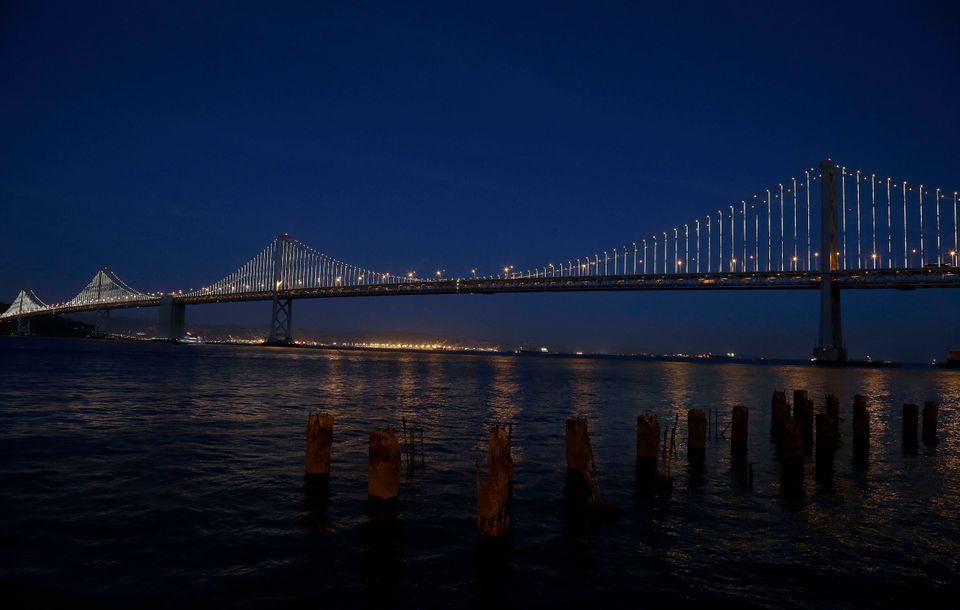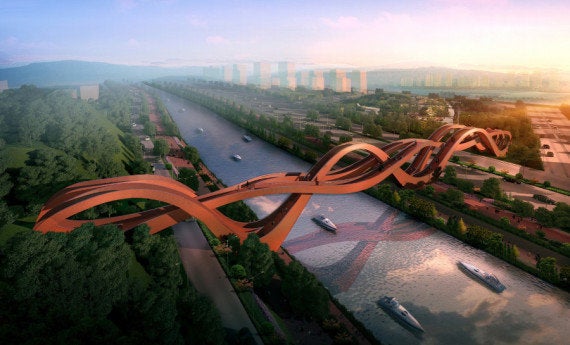Andy Warhol tipped his hat to the wonders of natural design when he quipped, "Land really is the best art." From James Turrell to Christo and Jeanne-Claude to Maya Lin, artists have long incorporated bodies of water and earth into their sculptural imaginings, creating acres-wide installations that honor both aesthetic and the environment.
But unlike a painting or statue or piece of photography, that can be auctioned off into private hands or toured from museum to museum, earthworks are beholden to the land. Weather constantly works against land-based creations, and public art budgets are forced to keep up with not only the effects of time, but the unpredictable elements.
That's where the Cultural Landscape Foundation comes in. The organization's Landslide program, established in 2003, raises awareness for the various site-specific works of art that are in need of support. Choosing from a pool of around 100 submissions, Landslide 2014 specifically honors sites across the United States endangered by development, neglect, vandalism, industrial operations, and natural wear. Of the 100, the initiative is honoring 11 projects by publicizing their histories and informing the public on what it can do to help ensure the future existence of these works.
Behold, 11 land-based artworks that are in danger of going extinct.











For more on ways you can get involved with the rehabilitation and upkeep of these projects, visit TCLF here.
